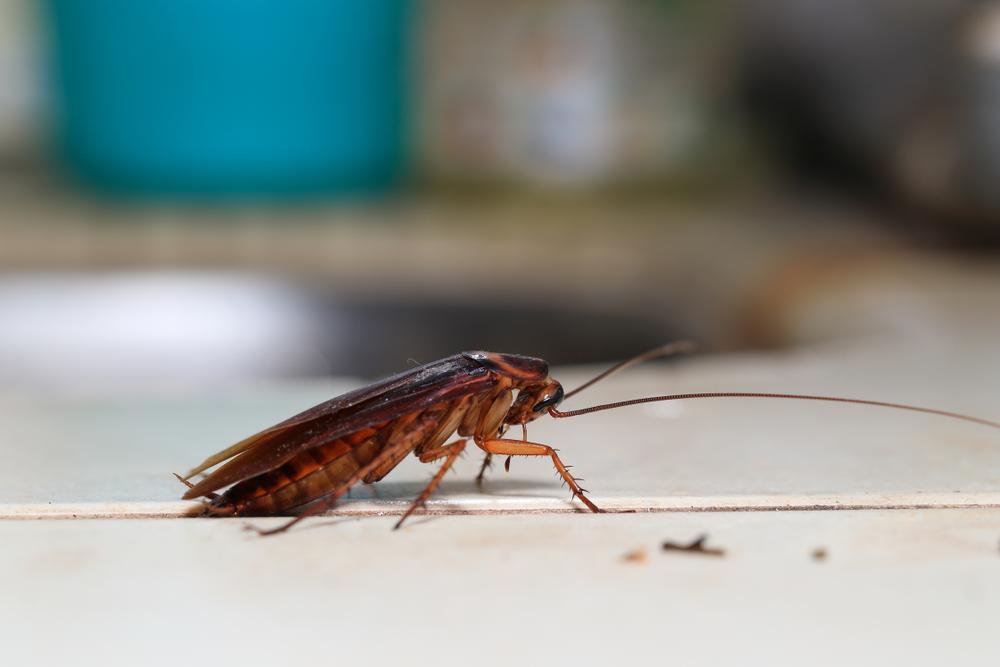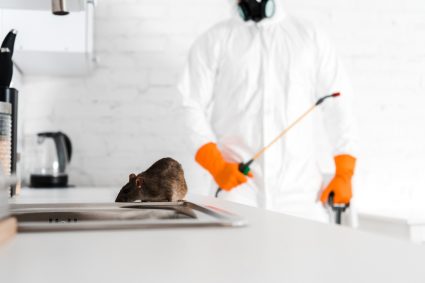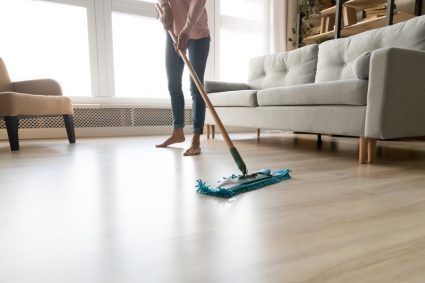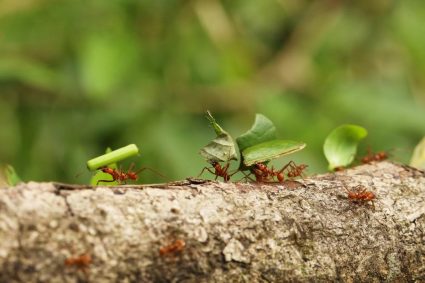
Cockroaches are a common pest problem that many homeowners and businesses face. They are not just a nuisance; they are known to spread diseases and trigger allergic reactions. So, what do professionals use to kill roaches effectively? Let’s dive into the various techniques, materials, and innovative methods used by professionals to exterminate these resilient pests.
Professionals use a variety of methods and materials to kill roaches. These include gel bait insecticides, fumigation, boric acid, chemicals like Hydramethylnon and Fipronil, bait stations, dusts like Silica Aerogel and Diatomaceous Earth, and Insect Growth Regulators (IGRs). They also take safety measures while handling these substances and often offer eco-friendly extermination methods. Regular cleanliness and maintenance are recommended for preventing future infestations.
Common Materials and Methods
Gel Bait Insecticides
One of the most commonly used materials for roach extermination is gel bait insecticides. These are applied in areas where roach activity is concentrated, and they work by attracting roaches to consume the bait, which contains a slow-acting poison. The poison allows the affected roaches to return to their nests, spreading the poison throughout the colony and ensuring a more comprehensive extermination.
Fumigation
Fumigation involves releasing a toxic gas into the infested area to kill roaches. It is a highly effective method for large-scale infestations and is often used in commercial settings.
Boric Acid
Boric acid is a popular and effective roach-killing substance. It can be used in combination with sugar to attract and kill roaches. While boric acid is low-toxicity to humans and pets, it’s lethal to roaches.
Hydramethylnon and Fipronil
These chemicals are typically made into a spray, which exterminators spread around the perimeter of your home and in areas where roach activity is concentrated. They are effective in combating roach infestations.
Bait Stations
Bait stations contain a mixture of food and slow-acting insecticides, which attract and kill roaches. They are often used in combination with other methods for comprehensive roach control.
Dusts
Dry insecticides like Silica Aerogel and Diatomaceous Earth are applied to areas where roaches are present, causing them to dehydrate and die. These dusts are often used in hidden areas like cracks and crevices where roaches are known to hide.
Insect Growth Regulators (IGRs)
IGRs like NyGuard IGR Concentrate disrupt the growth and development of roaches, preventing them from reproducing. This method is effective in controlling roach populations over time.
Safety Measures
Professionals take several safety measures while using these chemicals or treatments. They handle chemicals carefully, often wear protective gear, and store chemicals safely. They also educate clients about the safety precautions they should take during and after the treatment process.
Environmentally Friendly Methods
Many professionals also offer eco-friendly roach extermination methods. These include natural substances like baking soda, diatomaceous earth, and boric acid. Essential oils and roach-repellent plants can also be used as natural roach deterrents. Integrated Pest Management (IPM) is another approach that combines various methods, including sanitation, exclusion, and targeted treatments, to control roach infestations in an environmentally friendly way.
Prevention and Maintenance
To ensure that roaches don’t return after extermination, professionals recommend regular cleanliness, removing hiding places, sealing gaps and cracks, monitoring for roaches, and scheduling regular inspections and treatments.
In conclusion, professionals use a combination of methods, materials, and innovative techniques to kill roaches effectively. They also take necessary safety measures and offer environmentally friendly options. By working with a reputable exterminator, you can ensure a comprehensive and effective solution to your roach problem.
Frequently Asked Questions
How long does it take for roaches to die after professional treatment?
The time it takes for roaches to die after professional treatment can vary based on the method used. For instance, roaches that consume gel bait insecticides or bait from bait stations may die within a few hours to a few days, depending on the potency of the insecticide. Fumigation usually results in immediate death of the roaches.
Are professional roach extermination methods safe for pets and children?
Professionals take several safety measures to ensure that their roach extermination methods are safe for pets and children. However, it’s always recommended to keep children and pets away from treated areas until the recommended safety period has passed. Natural methods like baking soda, diatomaceous earth, and essential oils are generally safe for use around children and pets.
How often should I schedule professional roach treatments for prevention?
The frequency of professional roach treatments for prevention depends on factors like the severity of past infestations and your living conditions. However, as a general rule, it’s a good idea to schedule inspections and preventive treatments at least once or twice a year.
Can I use these methods to kill roaches myself?
While some methods like using boric acid or bait stations can be done by homeowners, it’s generally recommended to hire professionals for roach extermination. Professionals are trained to handle chemicals safely and apply treatments effectively to ensure comprehensive extermination.
What are some signs that I may have a roach infestation?
Some common signs of a roach infestation include seeing live or dead roaches, finding roach droppings (which look like ground coffee or black pepper), noticing a musty or oily smell, and finding roach egg cases in your home.











